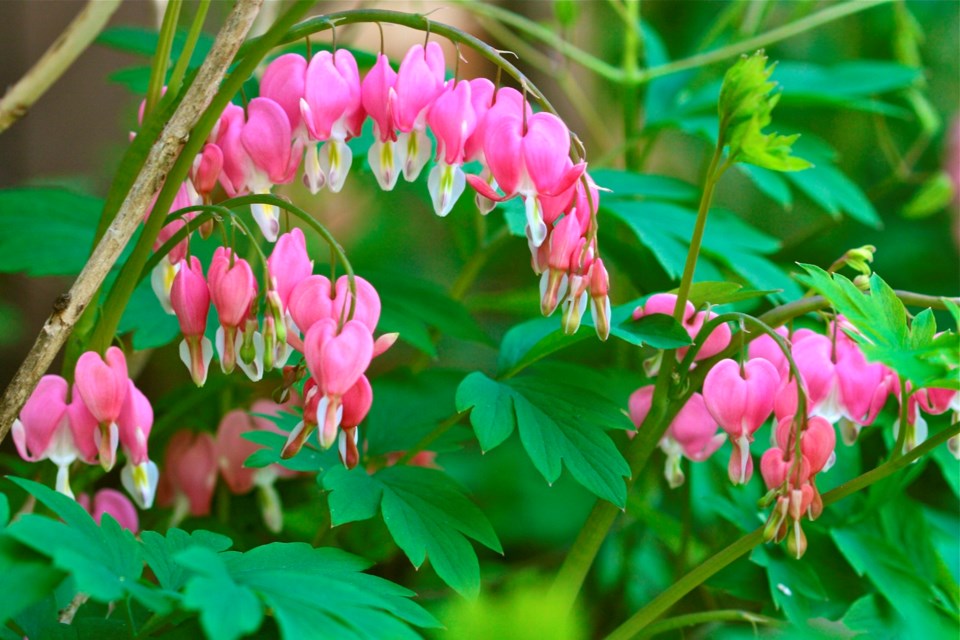Even before the coronavirus crisis sparked renewed interest in vegetable gardens and victory gardens, there’s been a movement toward more traditional gardening
For example, there are what’s known as Grandmother’s Gardens. These old-fashioned, naturalistic flowerbeds rich in
``Often appearing haphazard or growing at random, these gardens actually were designed as paintings with an eye for composition using
Grandmother’s Gardens are the dated offshoots of American cottage gardens, which contain a diversity of plants, including vegetables and flowers for cutting.
Re-creating them means designing landscapes rich in hardy perennials, annuals and Native American plants, Perry said. And with their abundance of old-fashioned flowers, Grandmother’s Gardens are not the easiest sites to manage. It takes thought to plant the right combinations of historic flowers, and effort to start heirloom plants from seed.
These gardens also call for more maintenance.
``With so many more distractions and choices for our time than our grandmothers had, most gardeners now strive for simpler gardens,” Perry said. ``(But) as gardeners add more flowers back into beds for pollinators, or combine flowers with edible herbs and vegetables, they are beginning to recreate gardens with a few traits similar to what their grandmothers may have grown.”
And with today’s coronavirus lockdowns, many people are looking to spend more time on garden projects.
Grandmother’s Gardens, with their more relaxed
``They differed from gardens abroad, such as English gardens, in that they were most often the work of one person, usually a woman, instead of a team of gardeners, usually men,” Perry said.
Many of the old standards like nasturtiums, English primroses, bachelor’s buttons, sweet peas, gladiolus, hollyhocks, lilacs, foxgloves and columbines -- flowers many of us remember from childhood -- had become as unfashionable as typewriters, videotapes or fur wardrobes. But every fashion provokes a reaction, which leads to new movements that rediscover traditional materials, and that includes plants, said Scott Kunst, founder and former owner of Old House Gardens in Ann Arbor, Michigan.
``Slowly but surely, gardeners turned away from the brightly colored exotic annuals of the Victorian era in
They were planted in artlessly informal mixes that harkened back to the humble days of England’s ``cottages,” the homes of poor rural folk, and America’s colonial days, Kunst said in an email.
``Grandmother’s Gardens also emphasized an appreciation for plants as plants, not just blobs of
``Hardscaping and backyard kitchens do little to connect us with nature, but working with plants does, which is something I learned from my grandmother,” he said.
___
Online:
For more about recreating your grandmother’s garden, see this factsheet from University of Vermont Extension: https://extension.umd.edu/watershed/conservation-landscaping.
You can contact Dean Fosdick at [email protected]
Dean Fosdick, The Associated Press




